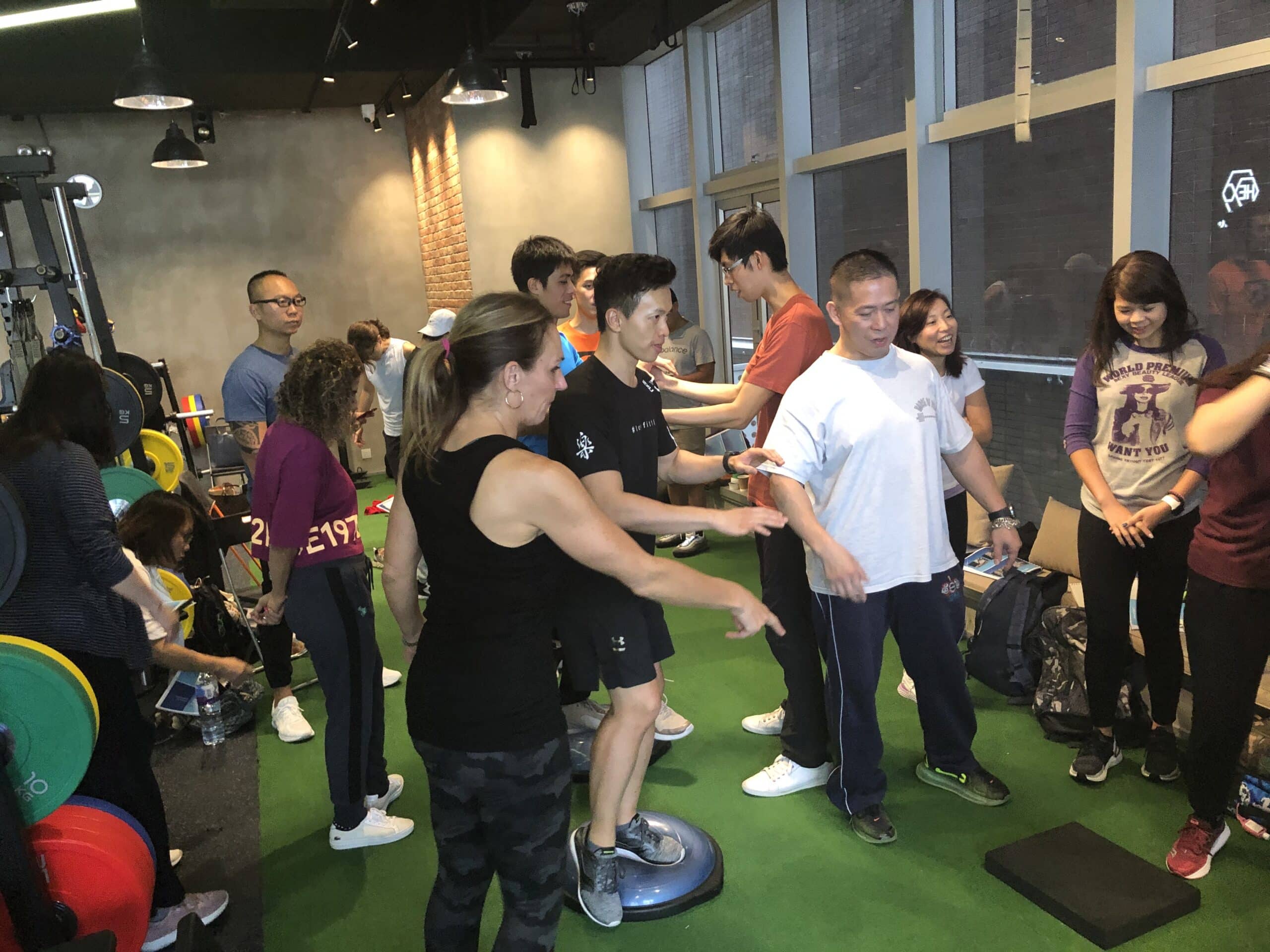Nervous system side effects such as dizziness, vertigo and balance issues are common in cancer patients for a variety of reasons, according to the American Society of Clinical Oncology. The symptoms may actually lead to a cancer diagnosis, or they may be side-effects of treatment. Increased pressure caused by brain tumors is a common cause of balance control issues in patients, according to the American Cancer Society. Poor balance may also result from certain chemotherapy drugs and/or dosages, and reconstruction, and may also be a common reaction to certain prescription medications. Chemotherapy-induced peripheral neuropathy can cause a patients to experience pain, muscle weakness, decrease balance control, gait unsteadiness and reduced or absent reflexes. Motor deficits such as balance impairment, decreased gait speed and lower limb strength can persist, with increases in fall rates.[1]
Many patients will also be at a greater risk for osteoporosis from hormonal therapies, chemotherapy, radiation, and other prescription medications as well. Although patients need to be performing strength-training exercises, the top priority for many will be sensorimotor training that focuses on postural control using balance boards, foam pads and elastic bands to challenge balance, and multi-planar exercises to minimize the risk of falling and improve ambulation.
The balance of elderly adult cancer survivors (55 years) is similar to the balance of individuals without cancer who are about 15 years older,[2] thus cancer survivors demonstrate postural stability characteristics reflective of a more elderly population.[2]
Many patients who are currently undergoing cancer treatment, or are lower-functioning, will only be able to exercise for 20-30 minutes. Therefore, as a Cancer Exercise Specialist, we must determine what the most important components of that exercise session should be. This may vary from day to day or week to week based on the level of fatigue, nausea, vomiting, diarrhea, etc. The Cancer Exercise Specialist needs to pay close attention to the patient’s response to a particular exercise, adjust the intensity accordingly, and make modifications when needed.
Improvements in balance may be the result of increasing the challenge of the balance exercises. [3] Begin by having the patient perform exercises with support then after a few sessions, reduce the amount of support, working their way up to performing the exercises without any support. Also remember that all balance exercises are NOT created equal. There is a progression that begins with static balance exercises on a stable surface and, as tolerated, increases in difficulty on a less stable surface such as balance discs or a BOSU(R) Balance Trainer. Consider the following progression: Begin by having the patient sit on an appropriately sized physio ball with both feet firmly on the floor and one hand on each side of the ball. We will consider this 4 contact points (both hands and feet). Next you will instruct the patient to raise one arm straight up toward the ceiling, reducing the contact points to 3. Look for hip shifting and/or varus/valgus knees. If they are stable with the one arm elevated, instruct them to lift the opposite foot off of the floor and hold that position (knee should be roughly 90 degrees). If you notice instability, instruct them to place either the heel or toes of that foot on the ground to stabilize themselves. If on the other hand they are stable with the foot off of the ground, alternate with the other side and use the same progression/regression.
Using this same methodology, you can develop your own balance progressions based on the individual needs and limitations of your patient.
- Duregon F, Vendramin B, Bullo V, Gobbo S, Cugusi L, Di Blasio A, Neunhaeuserer D, Zaccaria M, Bergamin M, Ermolao A. Effects of exercise on cancer patients suffering chemotherapy-induced peripheral neuropathy undergoing treatment: a systematic review. Critical reviews in oncology/hematology. 2018 Jan 1;121:90-100.
- Schmitt AC, Repka CP, Heise GD, Challis JH, Smith JD. Comparison of posture and balance in cancer survivors and age-matched controls. Clinical Biomechanics. 2017 Dec 1;50:1-6.
- Fernandes, J., Kumar, S., 2016. Effect of lower limb closed kinematic chain exercises on balance in patients with chemotherapy-induced peripheral neuropathy: a pilot study. Int. J. Rehabil. Res. 39 (4), 368–371.

